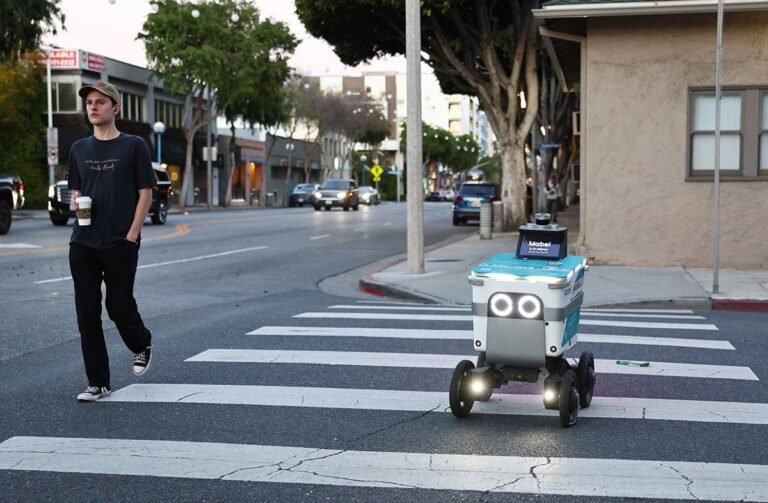
Serve Robotics, the Uber and Nvidia-backed sidewalk robot delivery company, debuted publicly on the New York stock exchange Thursday, making it the latest startup to choose going public via a reverse merger as an alternative path to capital needed to fund growth.
While Serve’s debut in the public markets comes from a reverse merger and not a SPAC, the two alternate paths to IPO are not too dissimilar.
However, Serve Robotics said it’s expecting enormous growth fueled by money generated by going public.
“I never thought that I would start a robotics company and then be in the ads business,” said a tired, but excited, Kashani in a phone interview minutes before the bell rang.
Upon the closing of the merger, Uber held a 16.6% stake and Nvidia an 14.3% stake in Serve, according to regulatory filings.

In September 2023, Amazon announced to developers that it would be launching new tools to build LLM-powered experiences.
Today, the company revealed three developers delivering new generative AI-powered Alexa experiences, including AI chatbot platform Character.AI, AI music company Splash and Voice AI game developer Volley.
All three experiences are available in the Amazon Alexa Skill Store.
Volley introduced its generative AI-powered “20 Questions” game, giving Alexa users a modern version of the well-known game.
The game uses generative AI to interact with users by asking them questions, providing hints and explaining “yes or no questions” if the human opponent gets stuck.

In September 2023, Amazon announced to developers that it would be launching new tools to build LLM-powered experiences.
Today, the company revealed three developers delivering new generative AI-powered Alexa experiences, including AI chatbot platform Character.AI, AI music company Splash and Voice AI game developer Volley.
All three experiences are available in the Amazon Alexa Skill Store.
Volley introduced its generative AI-powered “20 Questions” game, giving Alexa users a modern version of the well-known game.
The game uses generative AI to interact with users by asking them questions, providing hints and explaining “yes or no questions” if the human opponent gets stuck.






